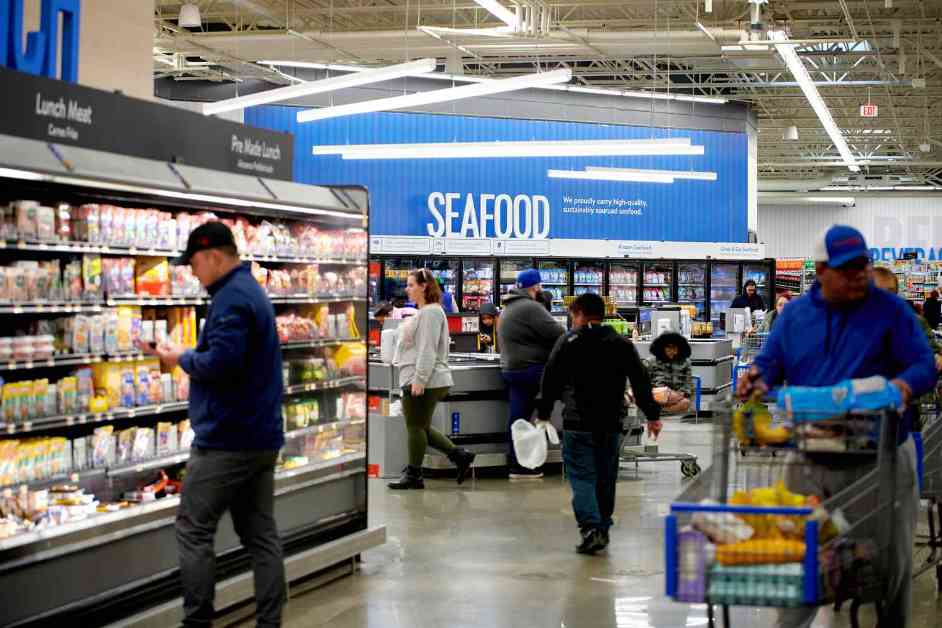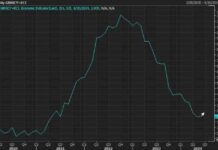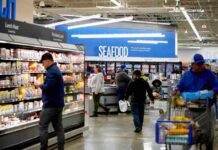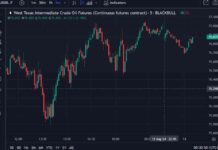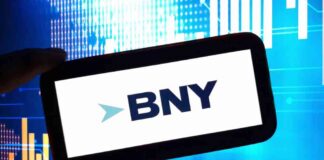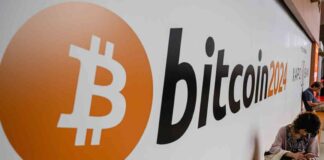Retailers Buck Trends, Continue to Thrive Amid Economic Uncertainty
Retailers across the United States are defying the odds as they continue to report strong consumer spending despite predictions of an impending slowdown. While economists warn of high inflation rates and an unstable job market that could impact consumer behavior, many retailers are seeing a different reality play out in their businesses.
During their most recent earnings calls, major retailers such as Walmart, Target, and TJX reported that consumer spending has not slowed down, but rather shifted. This resilience in spending has caught many by surprise, given the challenging economic environment that households are facing.
Consumer Spending Trends: Resilience Amid Challenges
Households in the US are grappling with record-high inflation and interest rates, leading to a decrease in excess savings and an increased reliance on credit cards for everyday purchases. Despite these macroeconomic challenges, consumers have continued to spend, albeit in different ways.
According to John David Rainey, CFO of Walmart, the retail giant has not observed any significant weakness in consumer spending among its customers. This sentiment was echoed by other retailers such as Target and TJX, who reported growth in same-store sales and revised their sales outlook upwards, respectively.
However, not all companies shared the same optimistic outlook. Lowe’s reported a slowdown in purchases of big-ticket items, while Amazon noted a shift towards cheaper products among its customers. Keurig Dr. Pepper’s CEO highlighted the trend of consumers opting for value-oriented stores over traditional retailers.
Changing Consumer Behavior in a Shifting Economy
The latest economic data on retail sales paints a complex picture of consumer behavior in the current economic landscape. While some households are adjusting their spending habits to adapt to rising costs and economic uncertainty, others are maintaining their pre-pandemic shopping patterns.
Economists warn that the current surge in consumer spending is unlikely to continue, citing factors such as slower job growth, rising unemployment rates, and record-high credit card debt. Despite the Federal Reserve’s plans to gradually reduce interest rates, the overall economic outlook remains uncertain, leading to cautious optimism among retailers.
Retailing giants like Walmart acknowledge the need to remain vigilant in the face of economic volatility. While their own businesses may be faring well, global economic conditions and other economic indicators warrant a cautious approach to future outlooks.
Looking Ahead: Navigating Uncertain Times
As retailers navigate the challenges of a shifting economic landscape, they are focused on adapting to changing consumer behavior and market conditions. While some sectors may experience a slowdown in spending, others are poised to capitalize on shifting consumer preferences and trends.
With an eye on the future, retailers are exploring innovative strategies to engage with consumers and drive sales in a competitive market. From digital marketing initiatives to experiential retail concepts, companies are investing in new ways to attract and retain customers in a rapidly evolving retail environment.
In conclusion, the resilience of retailers in the face of economic uncertainty highlights the adaptability and strength of the industry. By staying attuned to consumer preferences and market dynamics, retailers can continue to thrive and grow in a challenging economic landscape.
